Researchers have developed a new biodegradable material with built-in vitamin A, which has been shown to reduce scarring in blood vessels. This soft elastic material can be used to treat injured vessels or be used to make medical devices, such as stents and prosthetic vascular grafts, to give them intrinsic healing properties.
Jan 27th, 2016
Read more
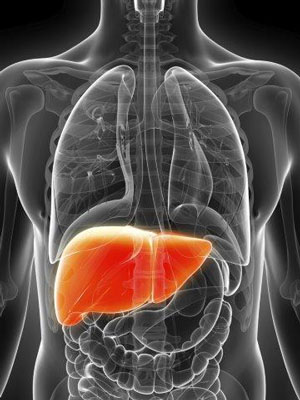 Engineered liver tissue could have a range of important uses, from transplants in patients suffering from the organ?s failure to pharmaceutical testing. Now scientists report the development of such a tissue, which closely mimics the liver's complicated microstructure and function more effectively than existing models.
Engineered liver tissue could have a range of important uses, from transplants in patients suffering from the organ?s failure to pharmaceutical testing. Now scientists report the development of such a tissue, which closely mimics the liver's complicated microstructure and function more effectively than existing models.
Jan 27th, 2016
Read more
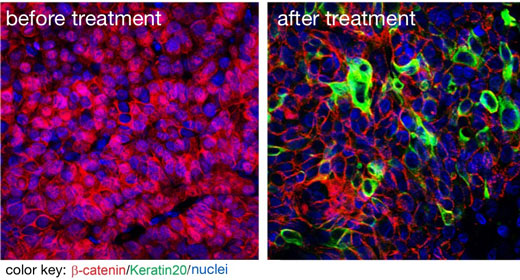 Scientists have discovered a molecule that interrupts biochemical signals essential for the survival of tumor cells called Wnt-addicted cancer stem cells. The discovery is the product of an approach known as 'rational drug design', targeting specific molecules based on a thorough understanding of the biology of a disease and the biochemical signals that support it.
Scientists have discovered a molecule that interrupts biochemical signals essential for the survival of tumor cells called Wnt-addicted cancer stem cells. The discovery is the product of an approach known as 'rational drug design', targeting specific molecules based on a thorough understanding of the biology of a disease and the biochemical signals that support it.
Jan 26th, 2016
Read more
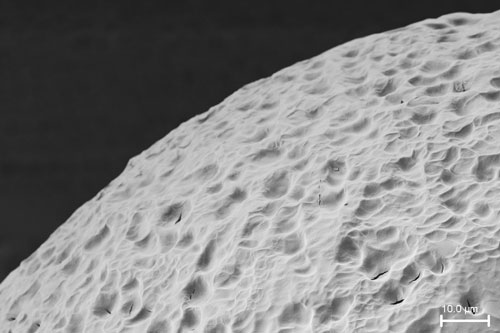 Encapsulated pancreatic cells offer possible new diabetes treatment.
Encapsulated pancreatic cells offer possible new diabetes treatment.
Jan 26th, 2016
Read more
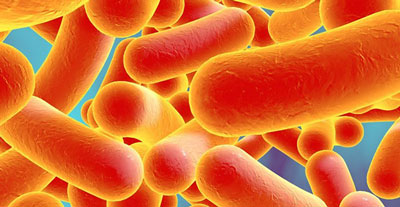 Precise control of the distribution of specific proteins is essential for many biological processes. Researchers have now described a new model for intracellular pattern formation. Here, the shape of the cell itself plays a major role.
Precise control of the distribution of specific proteins is essential for many biological processes. Researchers have now described a new model for intracellular pattern formation. Here, the shape of the cell itself plays a major role.
Jan 21st, 2016
Read more
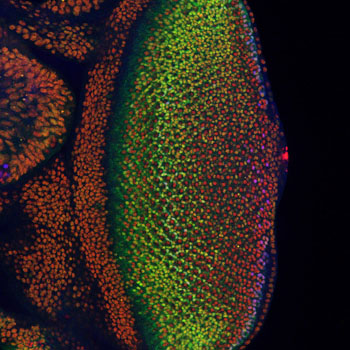 Scientists use fruit fly genetics to understand how things could go wrong in cancer.
Scientists use fruit fly genetics to understand how things could go wrong in cancer.
Jan 21st, 2016
Read more
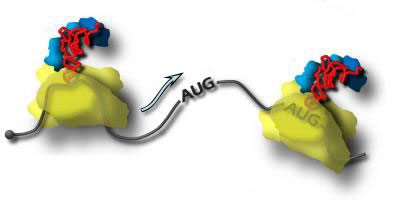 Researchers have clarified how the living cell determine where protein synthesis should begin.
Researchers have clarified how the living cell determine where protein synthesis should begin.
Jan 20th, 2016
Read more
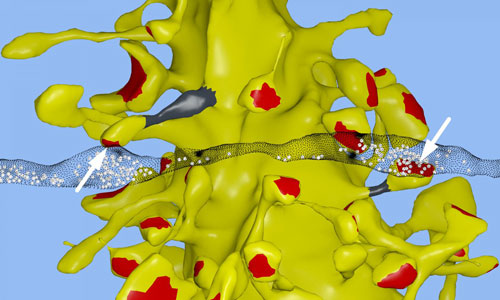 Scientists have achieved critical insight into the size of neural connections, putting the memory capacity of the brain far higher than common estimates. The new work also answers a longstanding question as to how the brain is so energy efficient and could help engineers build computers that are incredibly powerful but also conserve energy.
Scientists have achieved critical insight into the size of neural connections, putting the memory capacity of the brain far higher than common estimates. The new work also answers a longstanding question as to how the brain is so energy efficient and could help engineers build computers that are incredibly powerful but also conserve energy.
Jan 20th, 2016
Read more
Researchers have demonstrated the creation of a system that predicts how to create any human cell type from another cell type directly, without the need for experimental trial and error.
Jan 19th, 2016
Read more
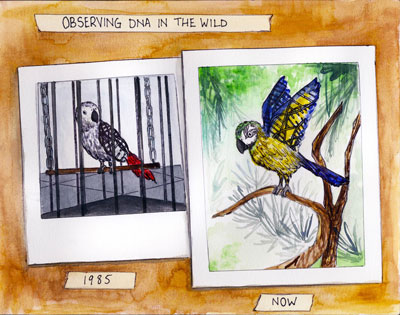 Bioengineers have developed a tool to speed the design of molecular diagnostics that depend on the specific recognition of pathogen DNA and RNA
Bioengineers have developed a tool to speed the design of molecular diagnostics that depend on the specific recognition of pathogen DNA and RNA
Jan 19th, 2016
Read more
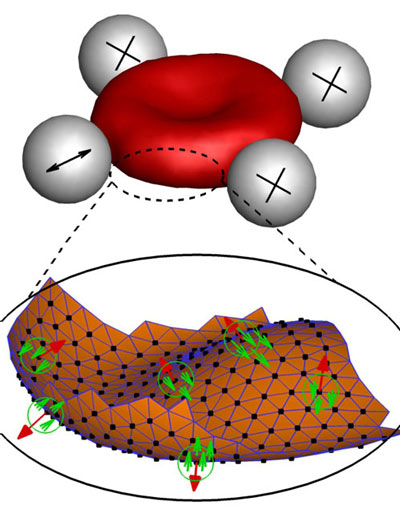 Biophysicists measure for the first time what happens when red blood cells 'wriggle'.
Biophysicists measure for the first time what happens when red blood cells 'wriggle'.
Jan 18th, 2016
Read more
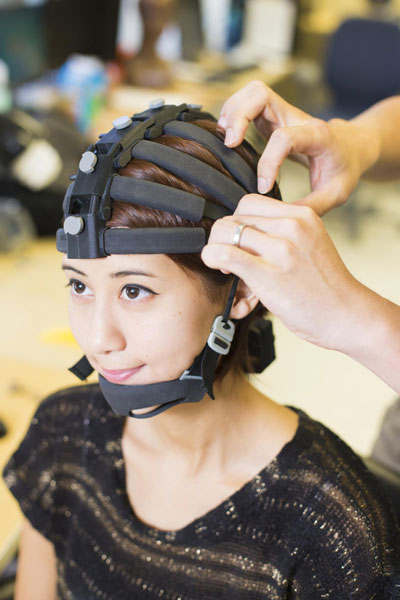 Bioengineers and cognitive scientists have developed the first portable, 64-channel wearable brain activity monitoring system that's comparable to state-of-the-art equipment found in research laboratories.
Bioengineers and cognitive scientists have developed the first portable, 64-channel wearable brain activity monitoring system that's comparable to state-of-the-art equipment found in research laboratories.
Jan 13th, 2016
Read more
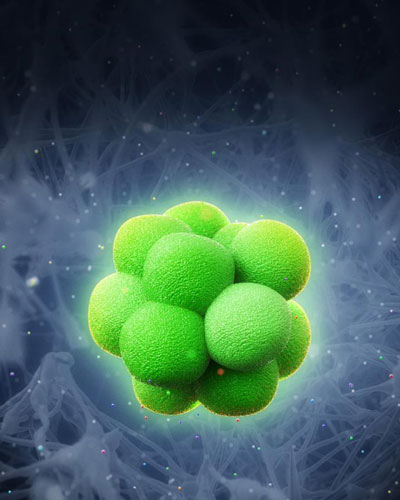 Scientists have developed a new method that turns cells into stem cells by 'squeezing' them. The method paves the way for large-scale production of stem cells for medical purposes.
Scientists have developed a new method that turns cells into stem cells by 'squeezing' them. The method paves the way for large-scale production of stem cells for medical purposes.
Jan 11th, 2016
Read more
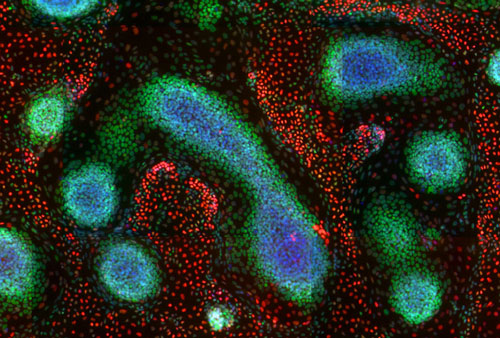 In a step toward personalized drug testing, researchers coax human stem cells to form complex tissues.
In a step toward personalized drug testing, researchers coax human stem cells to form complex tissues.
Jan 7th, 2016
Read more
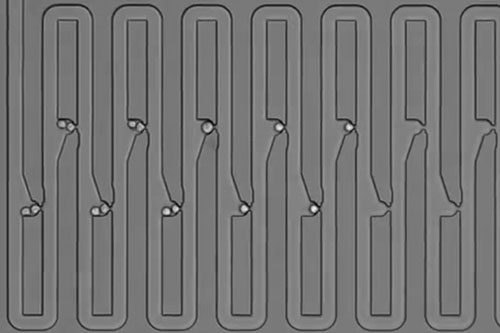 New technique allows tracking of gene expression over generations of cells as they specialize.
New technique allows tracking of gene expression over generations of cells as they specialize.
Jan 6th, 2016
Read more
Scientists have discovered that a metabolic pathway previously only suggested to be functional in photosynthetic organisms is actually a major pathway and can enable efficient conversion of carbon dioxide to organic compounds.
Dec 22nd, 2015
Read more
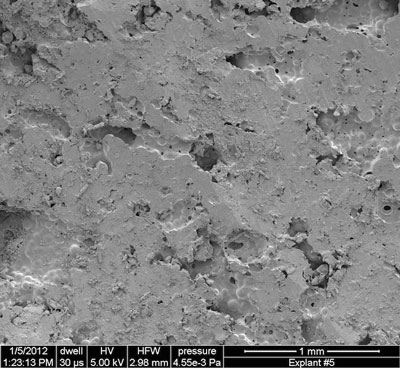 Researchers developing temporary implants for facial reconstruction are incorporating a unique way to deliver time-released antibiotics to ward off infection while a patient heals.
Researchers developing temporary implants for facial reconstruction are incorporating a unique way to deliver time-released antibiotics to ward off infection while a patient heals.
Dec 18th, 2015
Read more
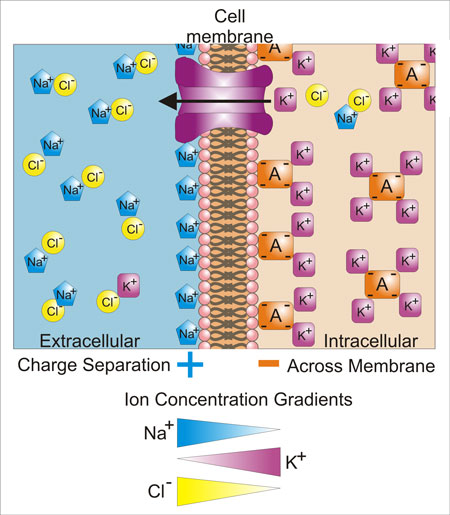 Biophysicists have developed a hypothesis to explain the function of a light-driven protein which pumps sodium ions across a cell membrane, and they have revealed the key structural feature of these pumps. The scientists see these sodium pumps as being highly promising tools in using light signals to control nerve cells - which is exactly what is involved in the new scientific field of optogenetics.
Biophysicists have developed a hypothesis to explain the function of a light-driven protein which pumps sodium ions across a cell membrane, and they have revealed the key structural feature of these pumps. The scientists see these sodium pumps as being highly promising tools in using light signals to control nerve cells - which is exactly what is involved in the new scientific field of optogenetics.
Dec 14th, 2015
Read more

 Subscribe to our Biotechnology News feed
Subscribe to our Biotechnology News feed













